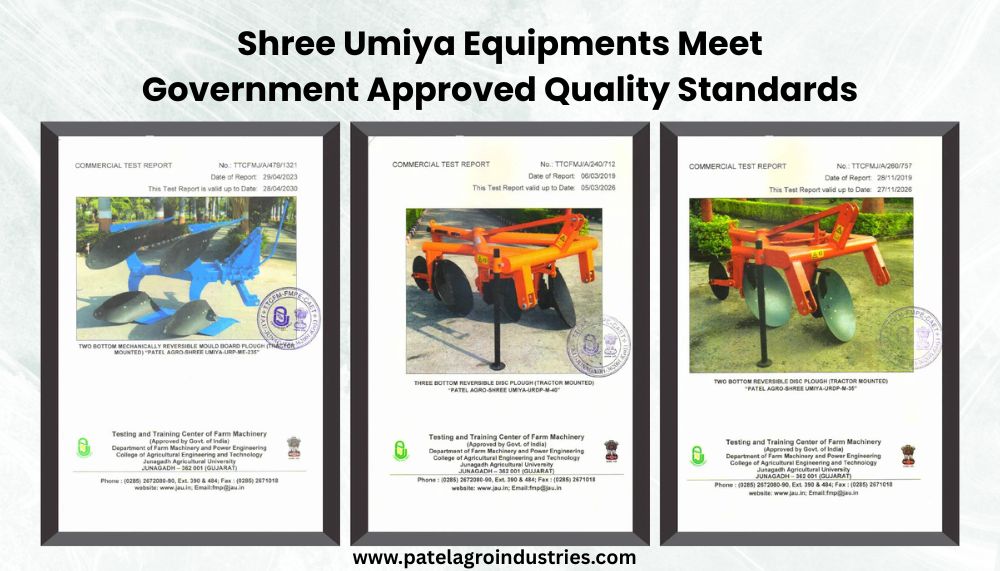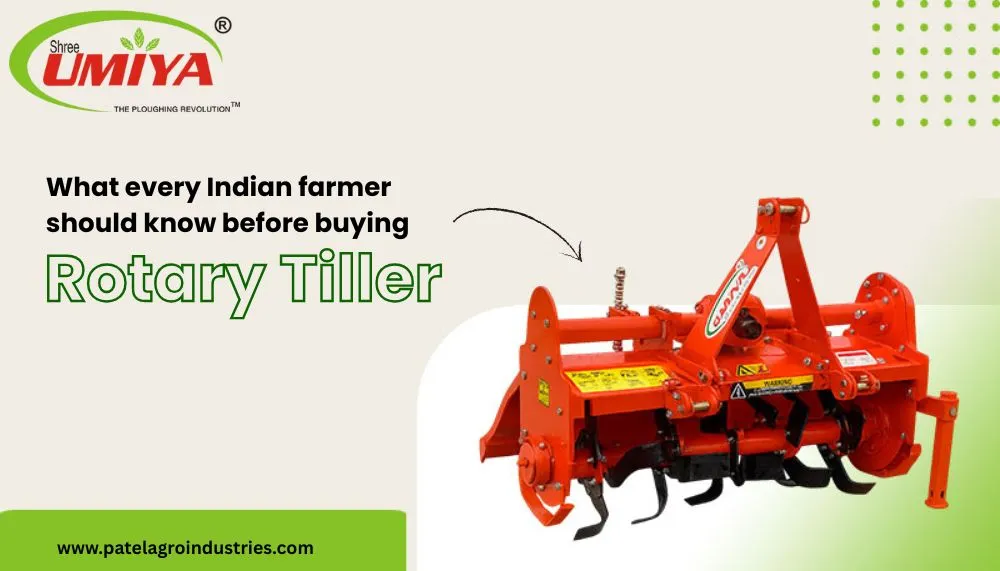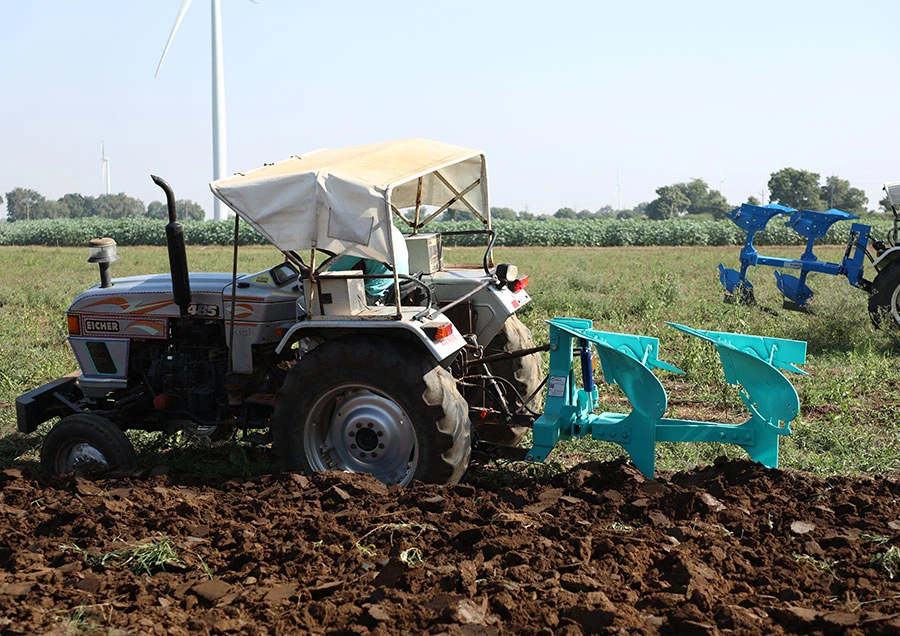Chat With Us
+91 99253 37969Which Plough is Right for You? A Breakdown of Top 7 Options
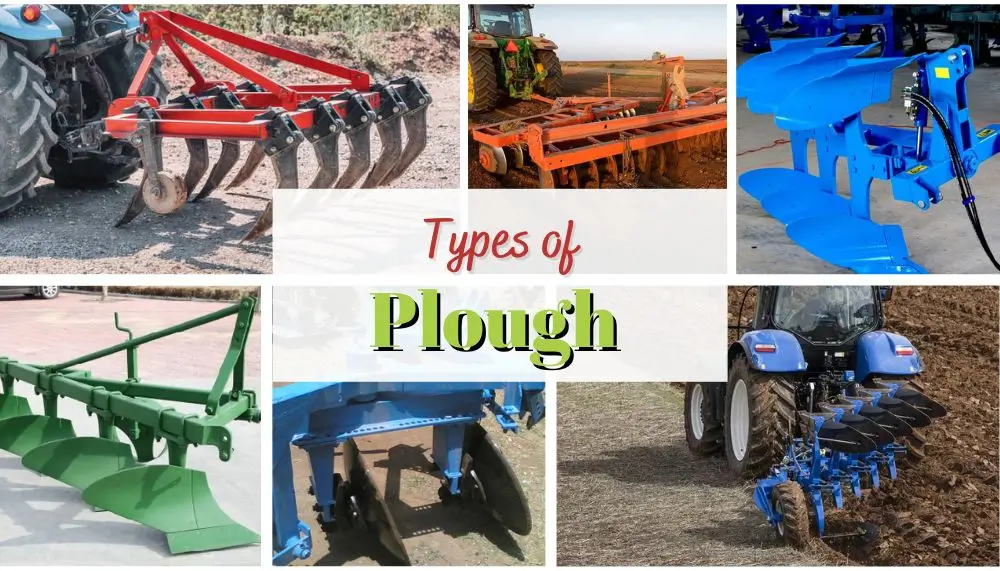
Agriculture is now becoming smooth and productive by integrating with upcoming technologies such as ploughs. Ploughs are now an integral part of farming that is making tough jobs like tillage easier for farmers. But the current market has a versatile range of ploughs with different applications. So which plough is the best suited to your field and how to use it?
In this blog, we will comprehensively discuss about different kinds of ploughs and their applications.
Top 7 Commonly Used Ploughs In Agriculture
1. Hydraulic Reversible Plough
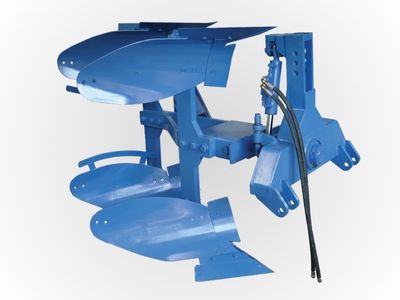
Hydraulic reversible plough machinery is a game changer for modern-day agriculture. It is the first plough design available with automatic reversal technology with zero manual intervention. The structure of a hydraulic reversible plough is simple and doesn't have specific rotatory elements such as moldboard or disc. However, the efficiency is still high enough in comparison to traditional ploughs.
Application:
Hydraulic reversible plough is primarily used for secondary tillage and seedbed preparation. The reversible ploughing technology integrated with hydraulic systems provides effective soil inversion results. However, hydraulic reversible ploughs aren't that effective in larger areas.
2. Hydraulic Reversible MB Plough
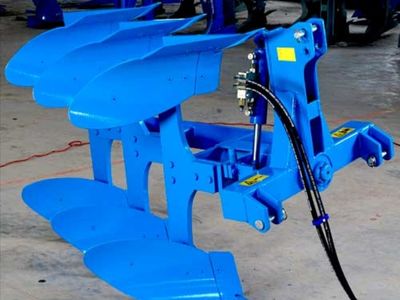
A hydraulic reversible moldboard plough is an advanced version of the classic reversible plough. As the name suggests, the plough consists of some specific attachments known as moldboards. The Integration of moldboards manifolds the efficiency of the plough as moldboards provide better functionality and soil inversion. These moldboards operate through a hydraulic system and create even furrows by grinding the hard soil into fine pieces.
Application:
A hydraulic reversible MB plough is implemented for primary tillage activity. It creates deep and even furrows in the topsoil for developing fertility. The reversible action of Moldboard maximizes the output in less time. Therefore, a reversible mb plough is recommended for large crop fields.
3. Hydraulic Reversible Disc Plough
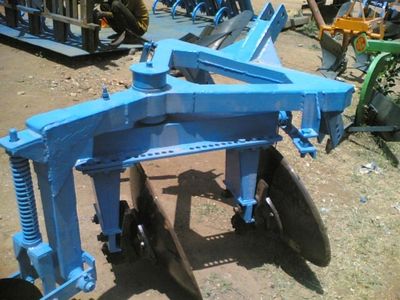
Hydraulic reversible disc plough is pretty similar to hydraulic reversible MB plough but has discs instead of Moldboard. A simple yet effective change that boosts productivity multiple times. These discs made of hard iron not only have a rotating action but also provide cutting action and can even break a stony surface into small pieces. Thus, hydraulic reversible disc ploughs are recommended for rocky areas.
Application:
Hydraulic reversible disc ploughs are also used for primary and secondary tillage activity in the fields. However, disc ploughs are also implemented for weed control and soil inversion activities. Its rotatory discs can break the tough stone layer to bring the fertile humus layer up and above the topsoil.
4. Moldboard Plough
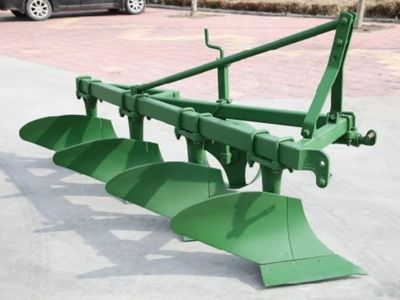
Moldboard plough is a conventional machinery for tillage by farmers. Unlike the hydraulic moldboard plough, it works by mechanical energy. In a Moldboard plough, the brakes & cuts the soil and the curved part lifts to create furrows.
Application:
Moldboard plough is implemented in small areas as the cost-to-time ratio is very high. However, it can be operated in any soil conditions to acquire optimum results. Moreover, Moldboards are also used to prepare seed beds and secondary tillage activity.
5. Chisel Plough
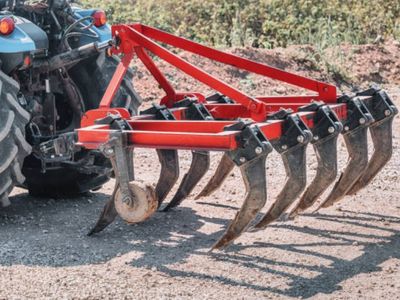
Chisel plough is tractor-operated machinery that is used for deep tillage. It has classic tooth-shaped diggers to penetrate the soil surface. But the chisel plough doesn't provide a reversible action and therefore it is beneficial to aerate and loosen the soil.
Application:
Chisel plough works on the principle of digging. Unlike other ploughs we have been discussing till now, chisel plough operates unidirectional penetration of the soil. It's beneficial for low till farming practices by preventing the formation of surface crusts.
6. Rotary Plough
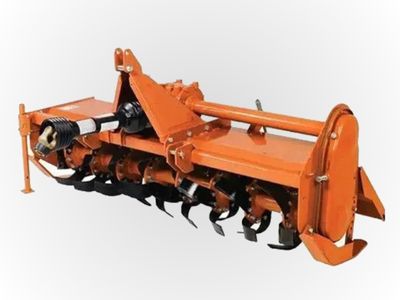
A rotary plough is widely known as a rotary tiller. It has multiple toothed blades that rotate to cut and grind the hard pan of the soil. It can be operated by a tractor and is widely used to prepare the seedbed.
Application:
The rotary plough's primary action is to pulverize the soil and is therefore used for secondary tillage activities. It can reduce weed growth and improve water retention in the soil by creating a soft and churned upper layer.
7. Power Tiller Double Furrow Plough
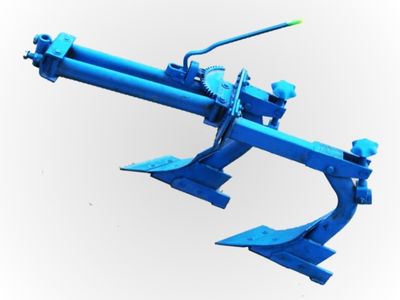
The power tiller double furrow plough is designed for the primary tillage activity. It has attachments in the form of blades or moldboards that penetrate the harp and soil and lift the fertile layer. The action is from bottom to top and is unidirectional, unlike the reversible ploughs.
Application:
The application of the tiller plough depends on the soil type and attachments. For example, during primary tillage of stony soil, the blades first cut the upper layer and penetrate the soil. It lifts the humus layer incorporating the crop residues.
Conclusion
We have seen a range of ploughs that have different functionalities and work modes. So you can choose the right one only after understanding the usability and application for different fields. We hope after reading this blog you have a keen idea of different Ploughs. Stay tuned with us for more useful information.


